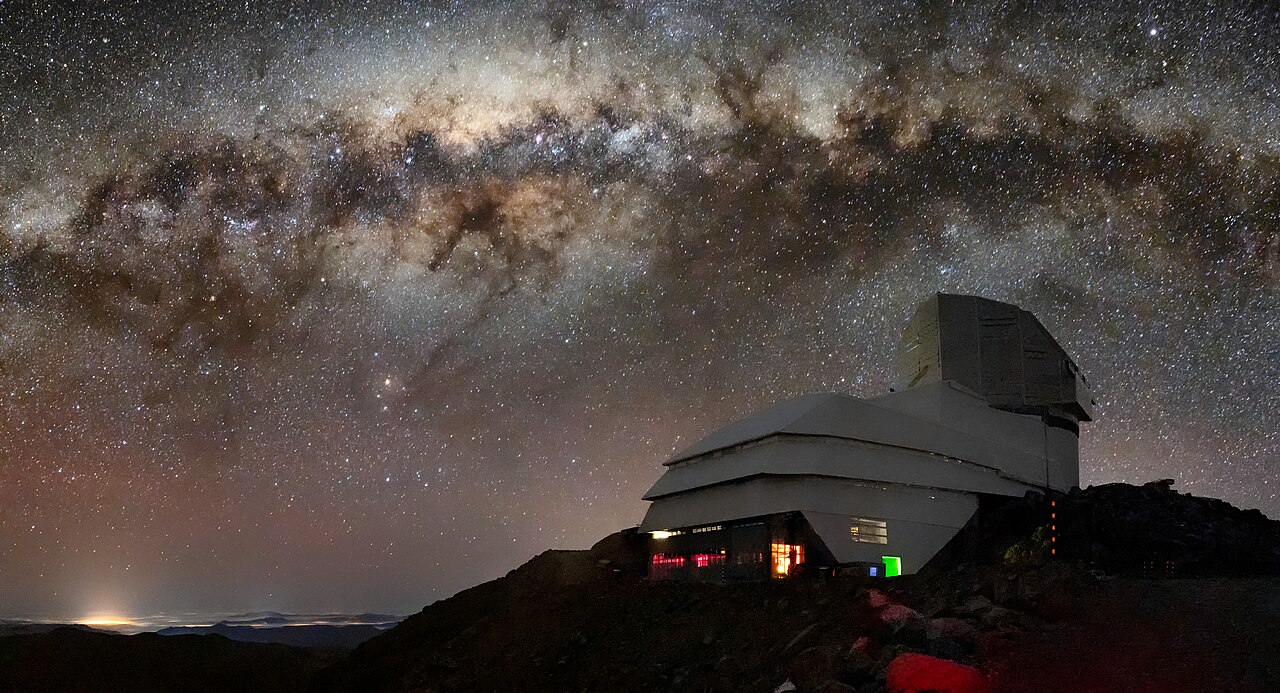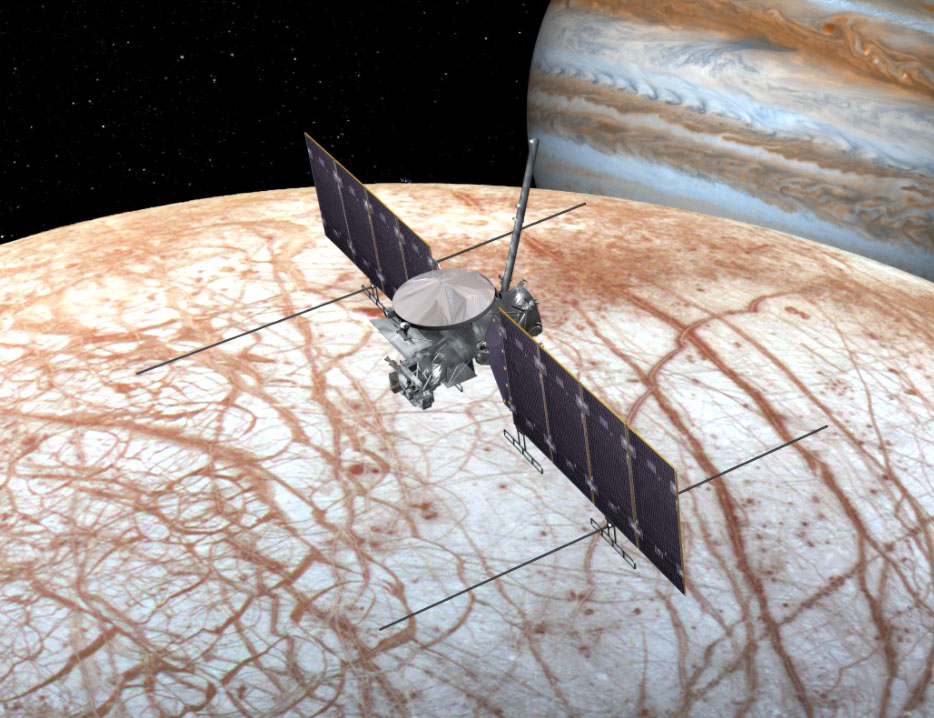Scientists have discovered that Earth has a third field. We all know about the Earth’s magnetic field. And we all know about Earth’s gravity field, though we usually just call it gravity.
Now, a team of international scientists have found Earth’s global electric field.
Continue reading “A NASA Rocket Has Finally Found Earth’s Global Electric Field”









